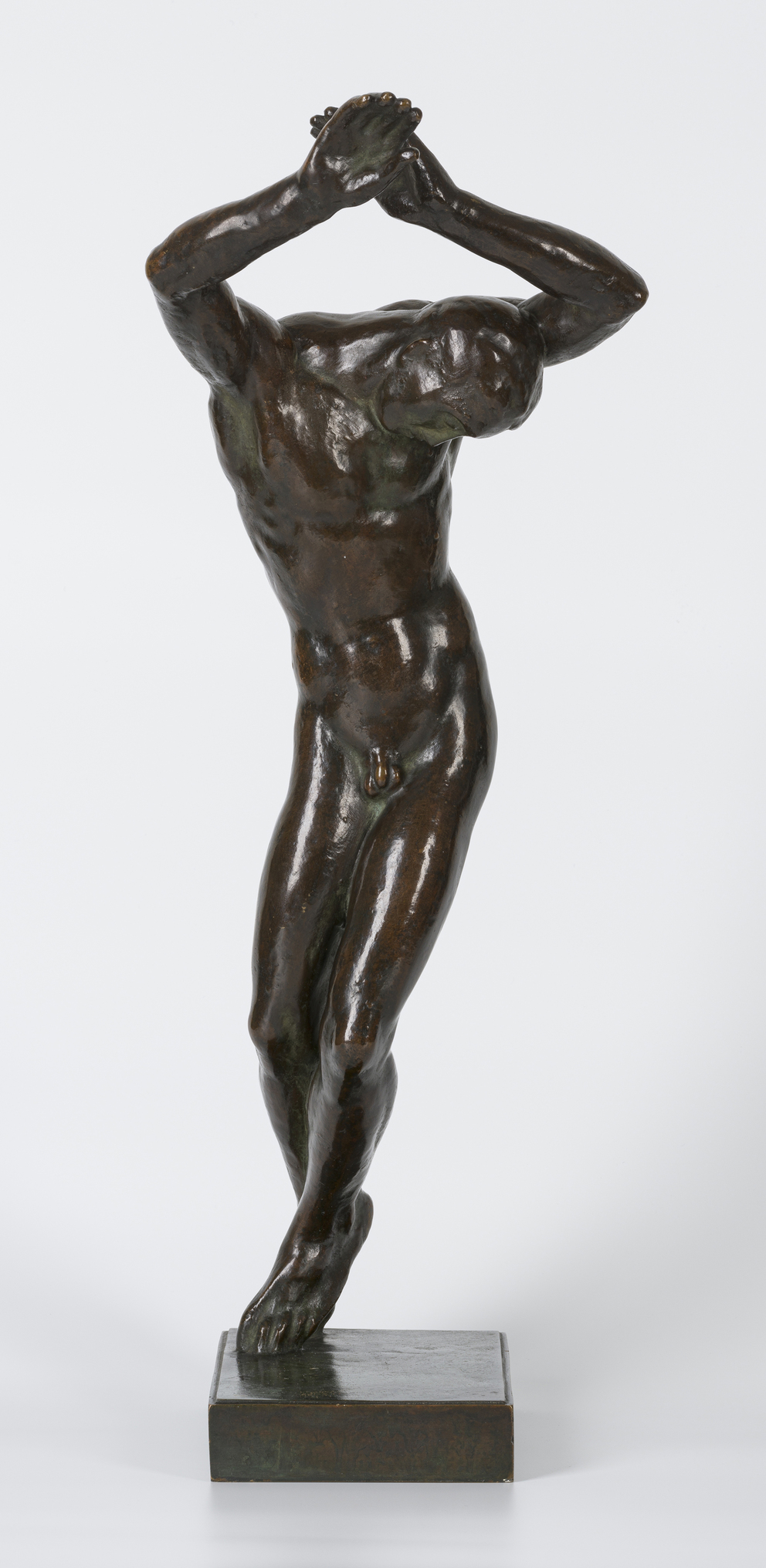
Leopold Museum,
Vienna
Vienna


The Wounded
c. 1920
(Mesto na Morave 1880–1925 Prague)
If you have further information on this object, please contact us.
Auktion: 24.11.2022, Lehner Kunstauktionen, Wien, 28. Auktion, Los Nr. 359
Leopold Museum-Privatstiftung, Wien (2022). (1)
For provenance related information, please contact us.
2023/2024 Partial funding for digitization by the Federal Ministry for Arts, Culture, the Civil Service and Sport „Kulturerbe digital“ as part of NextGenerationEU.

